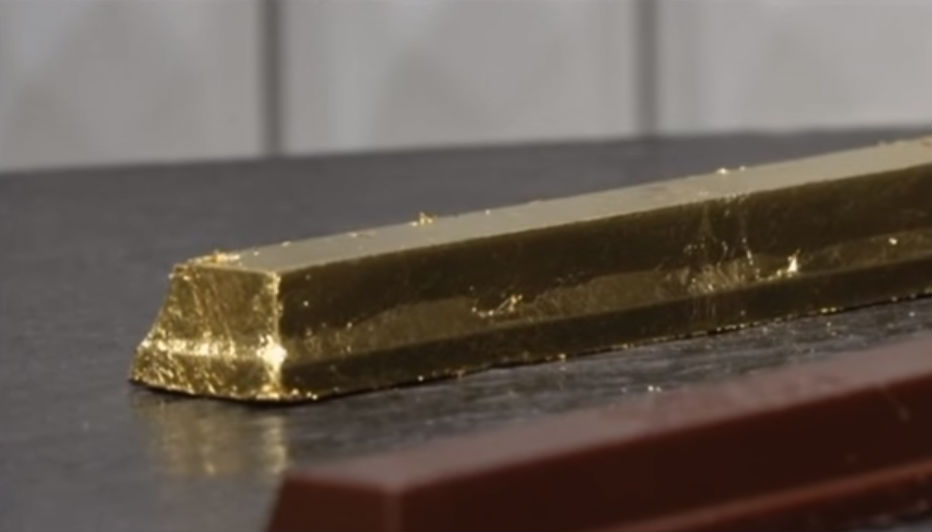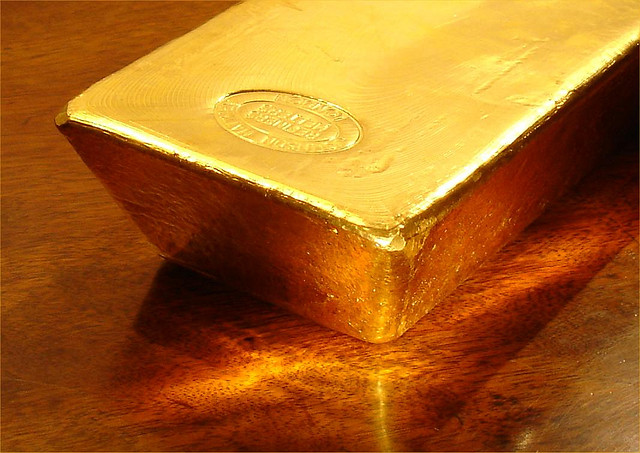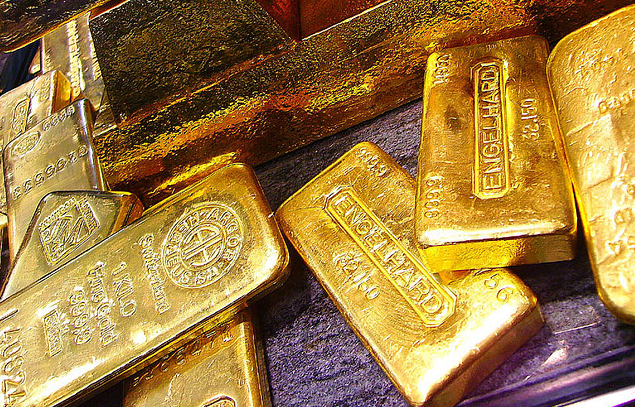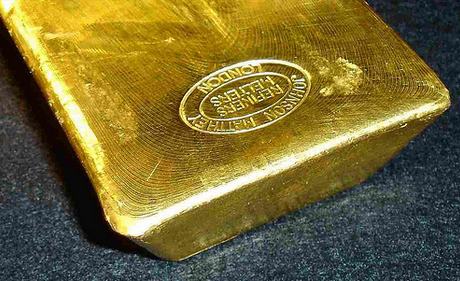Nyheter
David Hargreaves on Precious Metals week 38 2013

 So Gold came down a thumping 5% on the week and its friends PGMs and silver, followed, three bags full. It was the now familiar double whammy of US quantitative easing (see Countries) and Syria taking a breather. We maintain our stance that if the political fear factor is removed we shall stare at $1200/oz. For the economic perspective, if happiness returns, that could see us closer to $1000/oz. None of this prevents the reporting of the shift in gold buying from west to east. Much is made, reasonably, of the Indian authorities attempts to curb import demand on a balance of payments argument. China meanwhile seems to be positively encouraging its citizens to hoard. Recent figures show:
So Gold came down a thumping 5% on the week and its friends PGMs and silver, followed, three bags full. It was the now familiar double whammy of US quantitative easing (see Countries) and Syria taking a breather. We maintain our stance that if the political fear factor is removed we shall stare at $1200/oz. For the economic perspective, if happiness returns, that could see us closer to $1000/oz. None of this prevents the reporting of the shift in gold buying from west to east. Much is made, reasonably, of the Indian authorities attempts to curb import demand on a balance of payments argument. China meanwhile seems to be positively encouraging its citizens to hoard. Recent figures show:
Indian imports in the year to 31 March 2014 are trending towards 850 t.
China’s are heading for 100t.
Now that is 1850 t out of a newly mined supply of c.2900t, or 14% of total. Before we panic, there are about 165,000 t in surface stocks, always available at the right price. Further, the west is offloading even as the east is accumulating, so a balance is struck.
Ever accountable GFMS looks for gold prices to contract further in 2014, so says its 2013 survey to August. It gives us:
The numbers are indicative. Net official purchases have slowed but physical investment and jewellery demand are well up. Mine output is only marginally ahead.
GFMS notes the lower gold price as a driver for Far East purchases. It looks for the gold price to move towards $1500 as 2013 progresses but to pull back in 2014.
Pakistan and India share not just a border, but a love of gold. So when sanctions were imposed on Indians buying gold, Pakistani nationals stepped in end smuggling became rampant. It culminated in a one-month ban on imports, since lifted.
To hedge or not to hedge? We shall never know if Hamlet would have hedged but since the practice fell into disrepute on recent price gyrations it has remained a tempter. Now two Oz companies, Evolution and Norton Gold Fields have jumped in, as the Australian dollar has strengthened. Meanwhile a quick volte face for Pan American Silver which put on a5.3Moz silver and 24,000 oz gold in August (20% of output), only to remove the hedge in early September. It seems the shareholders were not happy. Goldman Sachs is not a bull of the gold price either. It has a 12-month target of $1175. Consensus is that US Treasury purchases will reduce from $45Bn to $35bn shortly, with the programme to end next June.
WIM says: It does not auger well for gold equities right now. They fell across the board last week including:
Platinum hung onto its premium to gold at 1.09 as the South African strikes appeared to be over. In August western European car sales slipped 5% to 631,000 units. They showed: Germany (-6%), France (-11%), Italy (-10%). In contrast, US new car sales hit a six-year high to an annualised total of 16 million units.
China and official gold. That old chestnut: will China confiscate its citizens’ gold? Has reared its head again. As the world’s largest producer, c. 400 tpa, its miners must sell all to the state. Nothing comes out onto the world market whilst the annual intake – much via Hong Kong – is around 1000 tpa. China shows only 1054 t in the central bank vaults, but should it seek to take a more definitive role in the currency world, it would need to bolster it.
[hr]
About David Hargreaves
David Hargreaves is a mining engineer with over forty years of senior experience in the industry. After qualifying in coal mining he worked in the iron ore mines of Quebec and Northwest Ontario before diversifying into other bulk minerals including bauxite. He was Head of Research for stockbrokers James Capel in London from 1974 to 1977 and voted Mining Analyst of the year on three successive occasions.
Since forming his own metals broking and research company in 1977, he has successfully promoted and been a director of several public companies. He currently writes “The Week in Mining”, an incisive review of world mining events, for stockbrokers WH Ireland. David’s research pays particular attention to steel via the iron ore and coal supply industries. He is a Chartered Mining Engineer, Fellow of the Geological Society and the Institute of Mining, Minerals and Materials, and a Member of the Royal Institution. His textbook, “The World Index of Resources and Population” accurately predicted the exponential rise in demand for steel industry products.
Nyheter
Tyskland har så höga elpriser att företag inte har råd att använda elektricitet

Tyskland har skrivit ner prognosen på hur mycket elektricitet landet kommer att behöva 2030. Hittills har prognosen varit 750 TWh, vilken nu har skrivits ner till 600-700 TWh,
Det kan vid en första anblick låta positivt. Men orsaken är inte att effektiviseringar. Utan priserna är så pass höga att företag inte har råd att använda elektriciteten. Elintensiv industri flyttar sin verksamhet till andra länder och få företag satsar på att etablera energikrävande verksamhet i landet.
Tyskland har inte heller någon plan för att förändra sin havererade energipolitik. Eller rättare sagt, planen är att uppfinna fusionskraft och använda det som energikälla. Något som dock inte löser problemet på några årtionden.
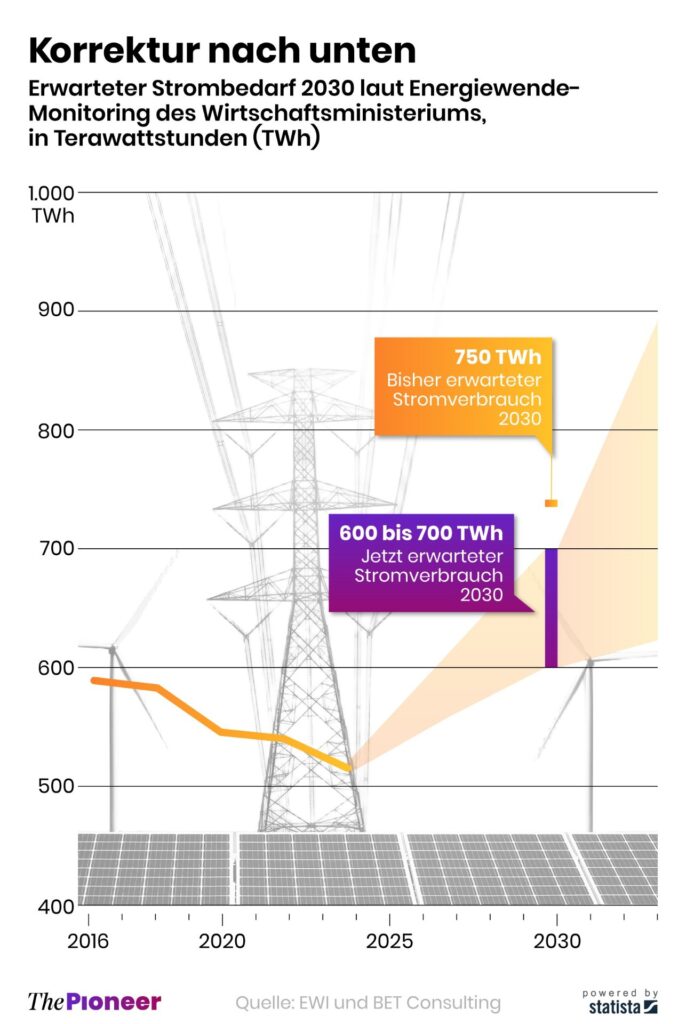
Nyheter
Kinas elproduktion slog nytt rekord i augusti, vilket även kolkraft gjorde

Kinas officiella statistik för elproduktion har släppts för augusti och den visar att landet slog ett nytt rekord. Under augusti producerades 936 TWh elektricitet.
Stephen Stapczynski på Bloomberg lyfter fram att det är ungefär lika mycket som Japan producerar per år, vilket innebär är de producerar ungefär lika mycket elektricitet per invånare.
Kinas elproduktion kom i augusti från:
| Fossil energi | 67 % |
| Vattenkraft | 16 % |
| Vind och Sol | 13 % |
| Kärnkraft | 5 % |
Stapczynskis kollega Javier Blas uppmärksammar även att det totala rekordet inkluderade ett nytt rekord för kolkraft. Termisk energi (där nästan allting är kol) producerade 627,4 TWh under augusti. Vi rapporterade tidigare i år att Kina under första kvartalet slog ett nytt rekord i kolproduktion.
Nyheter
Det stigande guldpriset en utmaning för smyckesköpare
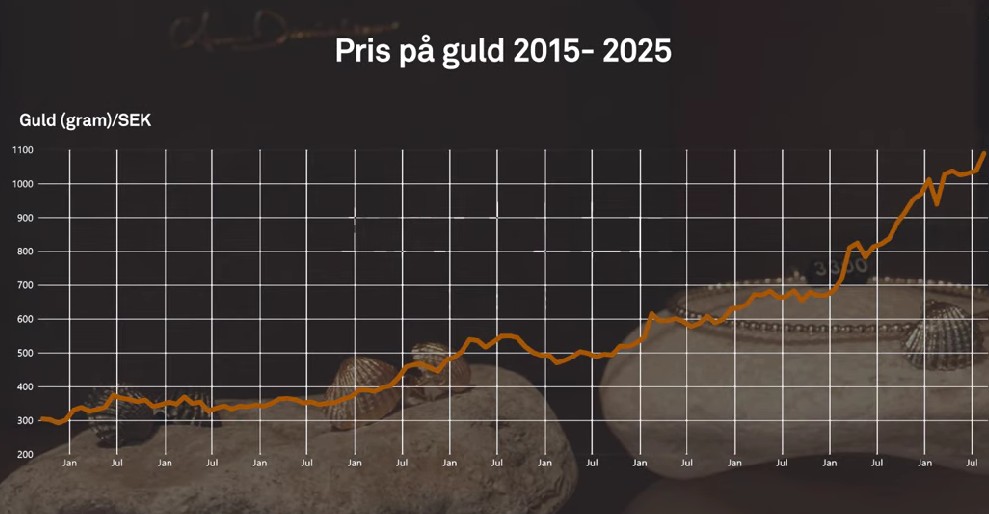
Guldpriset når hela tiden nya höjder och det märks för folk när de ska köpa smycken. Det gör att butikerna måste justera upp sina priser löpande och kunder funderar på om det går att välja något med lägre karat eller mindre diamant. Anna Danielsson, vd på Smyckevalvet, säger att det samtidigt gör att kunderna får upp ögonen för värdet av att äga guld. Det högre guldpriset har även gjort att gamla smycken som ligger hemma i folks byrålådor kan ha fått ett överraskande högt värde.
-

 Nyheter4 veckor sedan
Nyheter4 veckor sedanMeta bygger ett AI-datacenter på 5 GW och 2,25 GW gaskraftverk
-
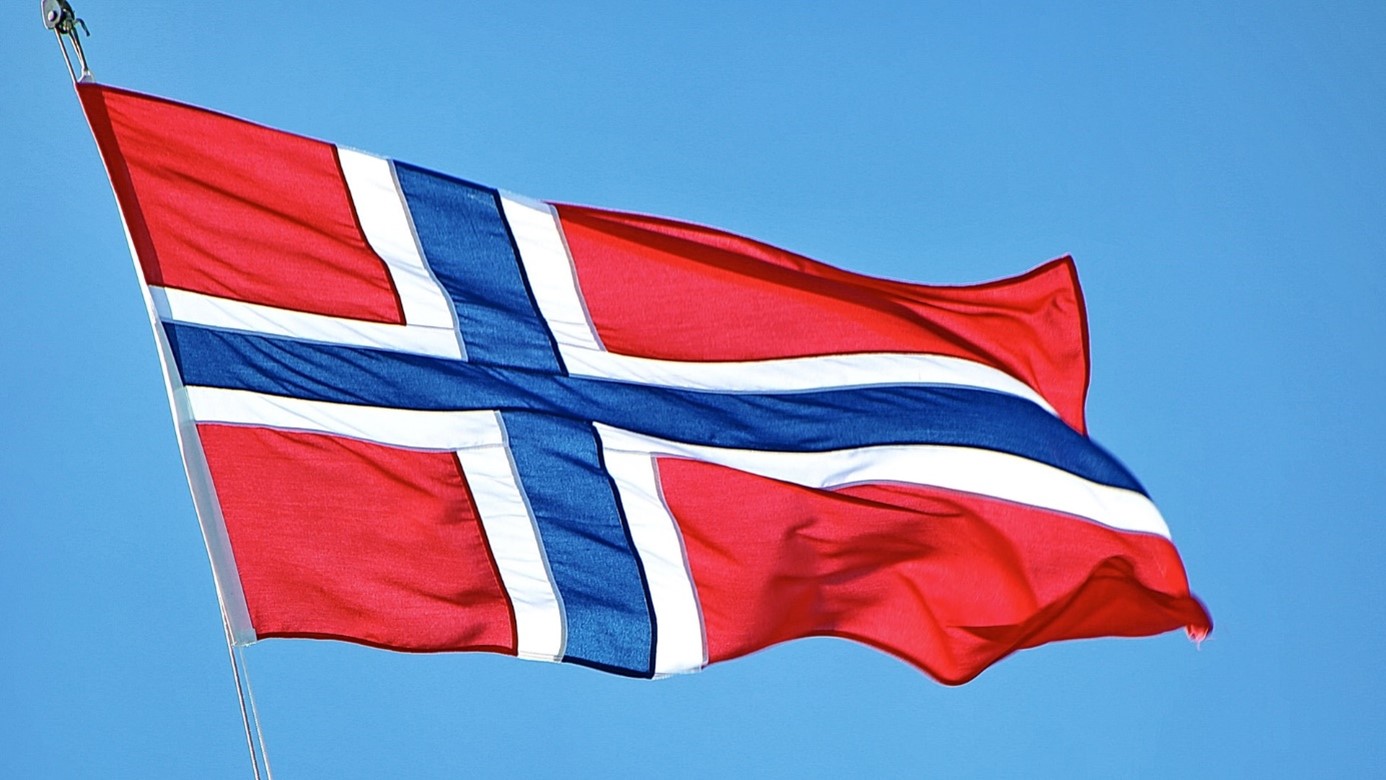
 Nyheter4 veckor sedan
Nyheter4 veckor sedanAker BP gör ett av Norges största oljefynd på ett decennium, stärker resurserna i Yggdrasilområdet
-

 Nyheter4 veckor sedan
Nyheter4 veckor sedanEtt samtal om koppar, kaffe och spannmål
-

 Analys4 veckor sedan
Analys4 veckor sedanBrent sideways on sanctions and peace talks
-

 Nyheter4 veckor sedan
Nyheter4 veckor sedanSommarens torka kan ge högre elpriser i höst
-

 Analys4 veckor sedan
Analys4 veckor sedanBrent edges higher as India–Russia oil trade draws U.S. ire and Powell takes the stage at Jackson Hole
-
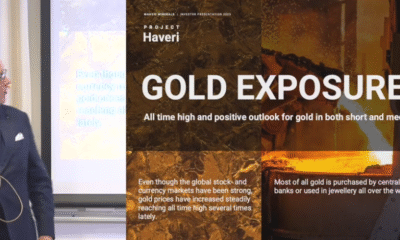
 Nyheter3 veckor sedan
Nyheter3 veckor sedanMahvie Minerals är verksamt i guldrikt område i Finland
-

 Analys3 veckor sedan
Analys3 veckor sedanIncreasing risk that OPEC+ will unwind the last 1.65 mb/d of cuts when they meet on 7 September







